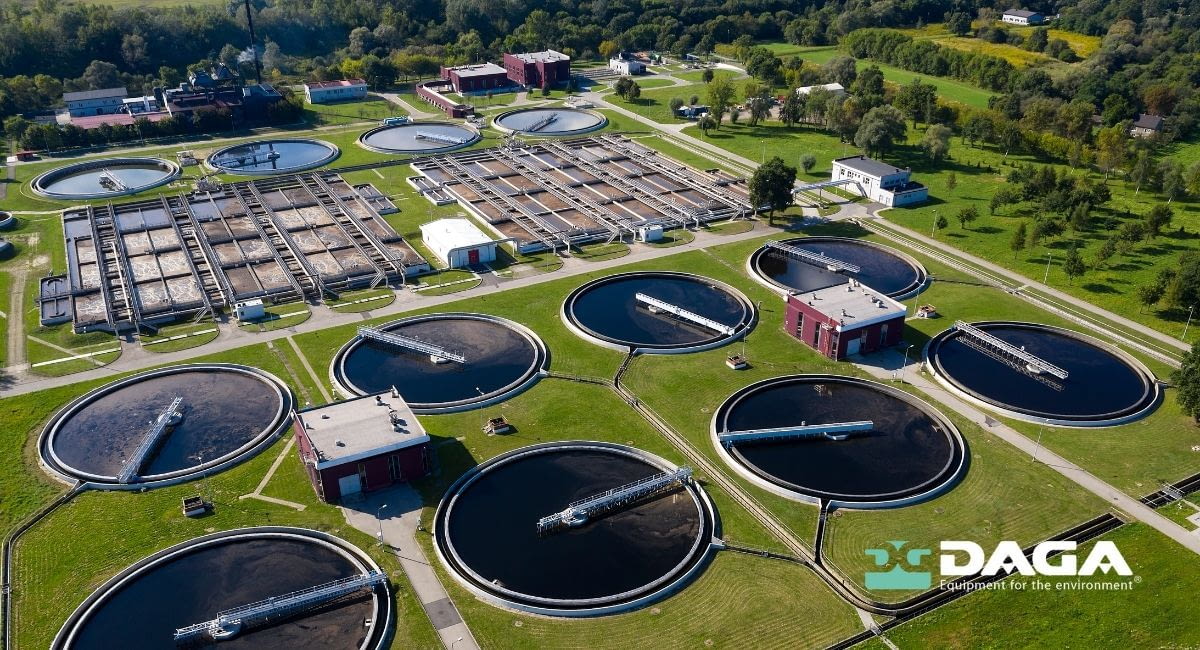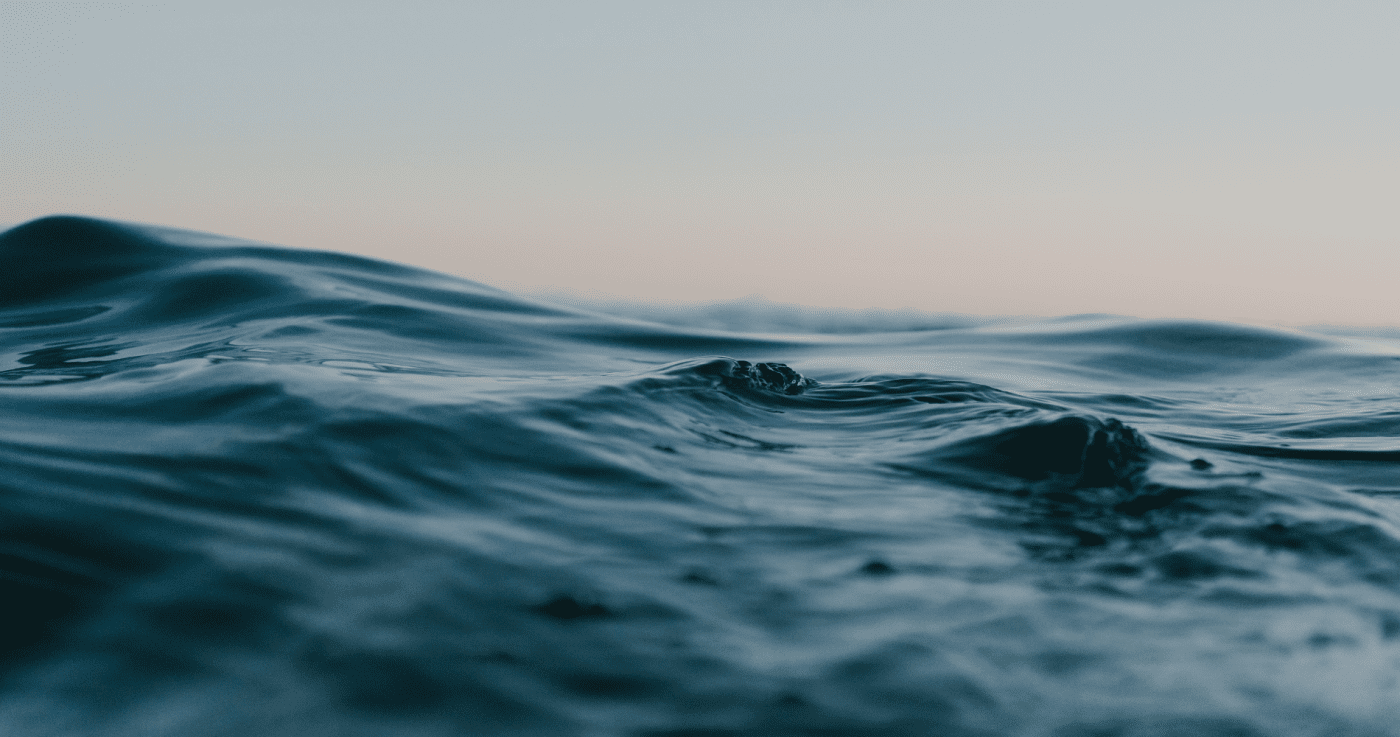
Water is an essential resource for humans. We use it not only for our own consumption, but also for domestic use, hygiene of public areas, crop irrigation, machine operation, and much more.
Water disinfection is a very necessary process in order to be able to use this scarce resource. In addition, improper water treatment can lead to adverse effects such as endangering public health.
Physical agents, such as heat or ultraviolet rays, and chemical agents, such as chlorine or bromine, are responsible for water disinfection, but they are not the only ones. There are many other factors that directly influence the efficiency of water disinfection. In today's blog we will discover which ones are responsible for good water disinfection.
Una buena depuración previa
The main thing for a good practice of water disinfection is to carry out a correct previous purification. How can we achieve it? Through a Wastewater Treatment Plant (WWTP). In this plant, different purification processes are carried out, both in a concentrated and automated way. This wastewater treatment process consists of a succession of physical, chemical and biological processes that remove pollutants from water for human use.
Equipment optimized for this function
WWTPs are one of the optimized equipment to perform this function; they collect and treat wastewater and industrial water. In other words, WWTPs are an essential tool to clean water
from possible coarse elements, grease, oil and any organic or inorganic material. It converts "dirty" water into clean water and leaves it ready to be discharged directly into the environment without harming it.
Flow control
Flow control is very important since there is a certain amount of untreated water that is discharged into rivers and seas. Spain has even paid millions of dollars in fines for releasing this type of untreated water into the environment. The main problem in this matter is that the wastewater treatment plants are not sufficient for the large amount of population.
The beginning of this sanction dates back to the year 2000, when all agglomerations of more than 15,000 inhabitants in the European Union had to treat their water correctly following the indications of a directive. At that time, non-compliance was massive, and two decades later, there are still eight cities that don’t treat their water properly, which directly affects the good condition of rivers and seas.
If we average the total percentage of wastewater treatment in Spain, we would find that we treat around 64% of wastewater, while the remaining 36% is discharged into the environment.
Use of this disinfected water
As mentioned above, water purification consists of removing impurities once the water has been used by humans in homes, businesses or industries, so that it can be returned to the environment in optimal conditions. The treatment will depend on the type of environment where it is evoked and the number of inhabitants where it has been consumed.
Once the wastewater has been treated, it returns to the environment or continues its treatment in more advanced regeneration equipment, and here is where the sludge begins its process to be reused. In which areas can this treated water be used?
-
Residential: irrigation of private gardens, flushing of toilets...
-
Services: riego de zonas verdes urbanas, sistemas contra incendio o lavado de coches.
-
Agricultural uses: riego de cultivos, productos, pastos, flores, invernaderos, etc.
-
Industrial uses: process and cleaning waters.
-
Recreational uses: irrigation of golf courses or ponds, among others.
-
Environmental functions: recharge of aquifers, forest irrigation, forestry, etc.
DAGA, leaders in innovative solutions
At DAGA we work to provide everyone with the water they need, through our WWTP wastewater treatment systems, industrial water treatment and our irrigation water filtration and roughing systems.
If you are interested in learning more about water treatment you can visit our blog.


